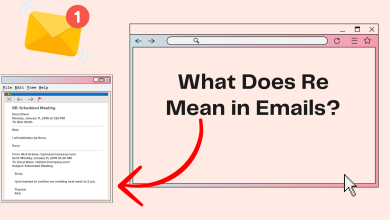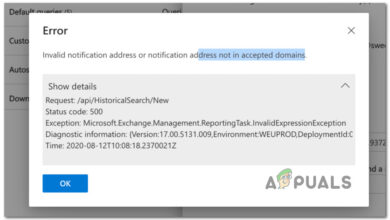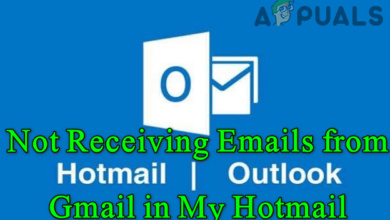‘Content can’t be displayed because S/MIME control isn’t available’
The error message “Content can’t be displayed because the S/MIME control isn’t available” in Outlook Web Access (OWA) stops users from viewing encrypted or signed emails. This error means the S/MIME control, which handles secure email content, is missing or not working properly.

The main cause is the S/MIME control not being installed correctly, but it can also happen due to browser compatibility issues or security settings blocking the control.
Now that you know the causes, let’s discuss the solutions
1. Add Your OWA Page to Trusted Sites and Use Compatibility View
Making sure your browser sees the OWA page as secure can remove blocks on the S/MIME control. Adding the OWA page to Trusted Sites lets the browser run needed scripts and plugins. Enabling Compatibility View helps the page work with older features, allowing the S/MIME control to function smoothly.
- Open Internet Explorer, click the cog icon at the top right, and select Internet options.
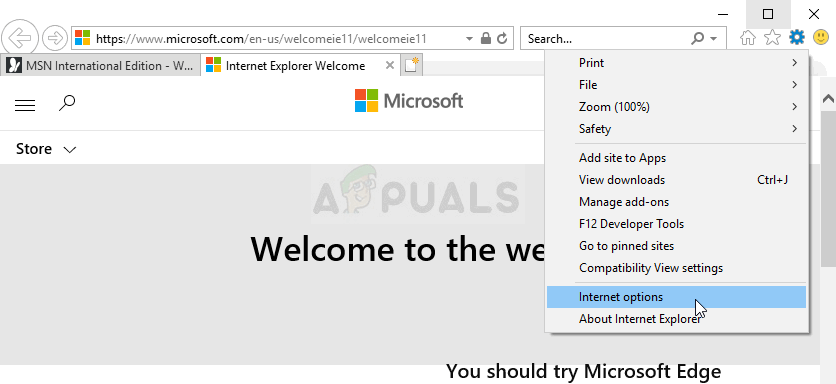
- In the Security tab, click Trusted Sites >> Sites. Paste your OWA link and click Add.
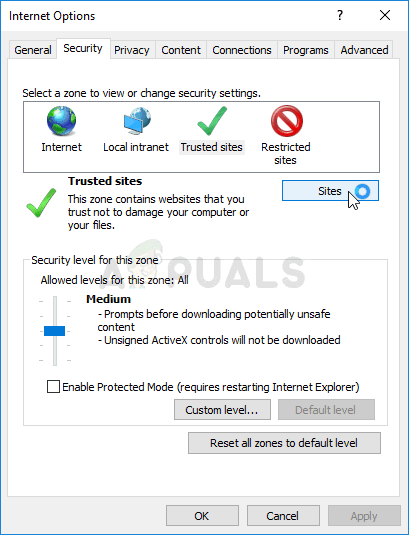
- Uncheck Require server verification (https) for all sites in this zone under Websites.
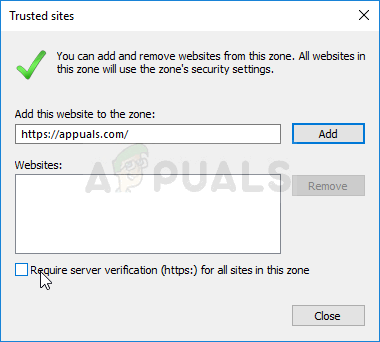
- Return to the home page, click the cog icon, and choose Compatibility View Settings.
- Under Add this website, paste the link again, click Add, then Close.
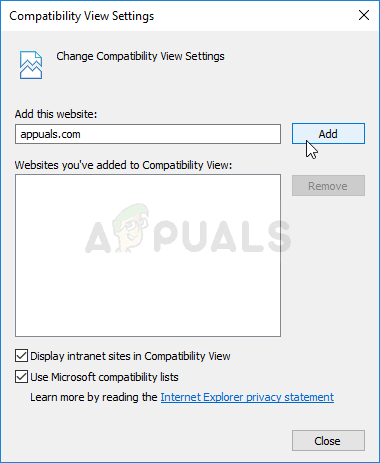
- Check if the issue persists when accessing emails in OWA.
2. Install S/MIME
Installing the S/MIME control allows your email client to handle encrypted or signed messages. It decrypts secure emails, enabling them to display and function correctly in supported browsers. Proper installation fixes the compatibility issues causing the error.
- Open your OWA client and log in. Once logged in, click the Options button at the top right of the window and select See All Options… from the drop-down menu.
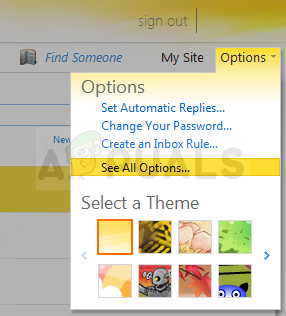
- In the Options window, click the Settings option in the left pane. Click the S/MIME tab from the menu and locate the hyperlink labeled Download the S/MIME control.
- Click the link to open a browser window and either start a download or prompt you to Run or Save the file. Ensure you run it after the download completes.
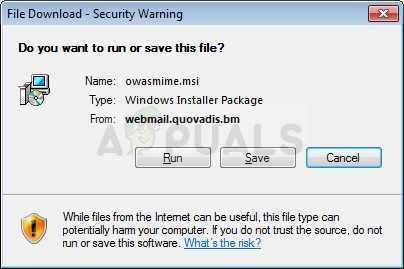
- Follow the on-screen instructions to complete the installation. Refresh your browser. A yellow bar should appear at the top of the webpage saying, “This website wants to run the following add-on.” Right-click on it and choose Run Add-on on All websites from the dropdown menu.
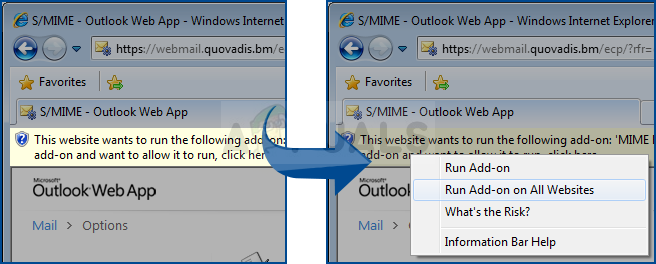
- An Internet Explorer – Security Warning window will appear, so click Run. Check if the problem persists when managing emails.
3. Run Internet Explorer as an Administrator
Running Internet Explorer as an Administrator allows the S/MIME control to install or execute tasks that standard permissions might block. This step helps the browser bypass certain restrictions, ensuring secure email content displays correctly.
- Open File Explorer and go to C:\Program Files\Internet Explorer. Right-click on iexplore.exe and select Properties from the context menu.
- In the Compatibility tab, check Run this program as an administrator, then click OK or Apply to save changes.
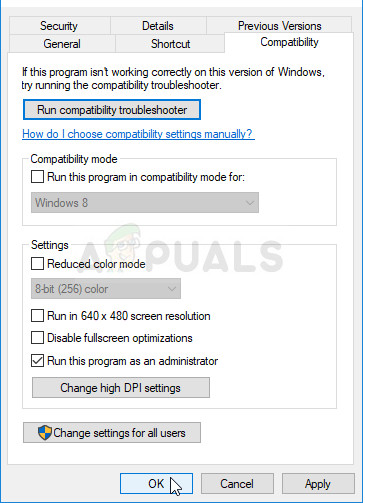
- Confirm any prompts for admin privileges. Internet Explorer will now launch with admin rights from the next startup. Check if the issue persists.
4. Deselect a Checkbox in Internet Options
Sometimes, hidden browser settings can affect S/MIME functionality. Unchecking “Do not save encrypted pages to disk” in Internet Options allows the browser to cache needed encrypted data, enabling S/MIME to work properly.
- Open Internet Explorer, click the cog icon at the top right, and select Internet options.

- In the Advanced tab, scroll to find the Security options and uncheck Do not save encrypted pages to disk.
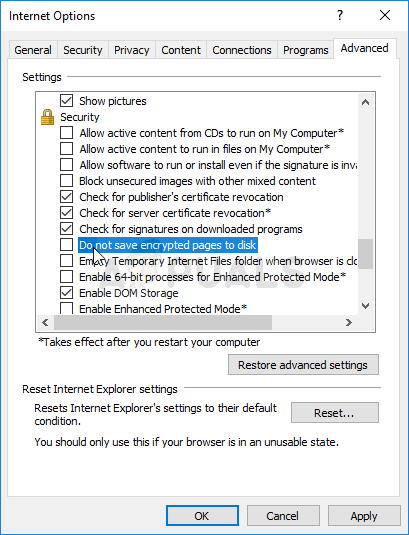
- Click Apply to save changes, then restart your computer to see if the issue persists.
